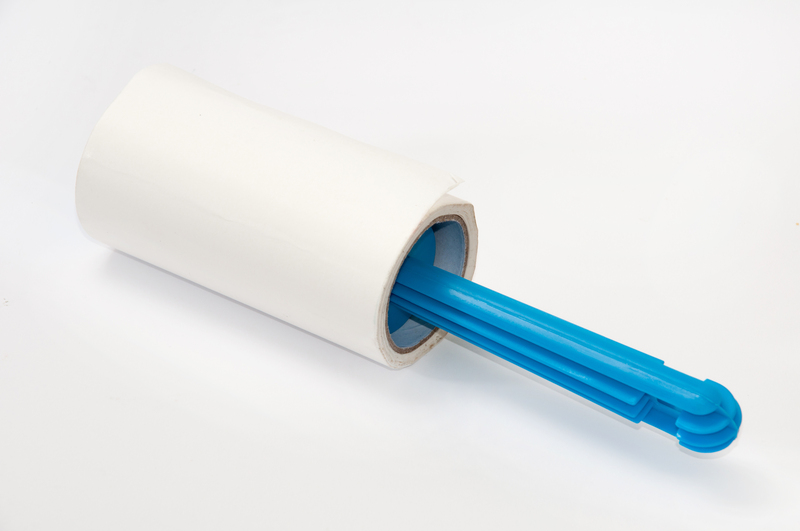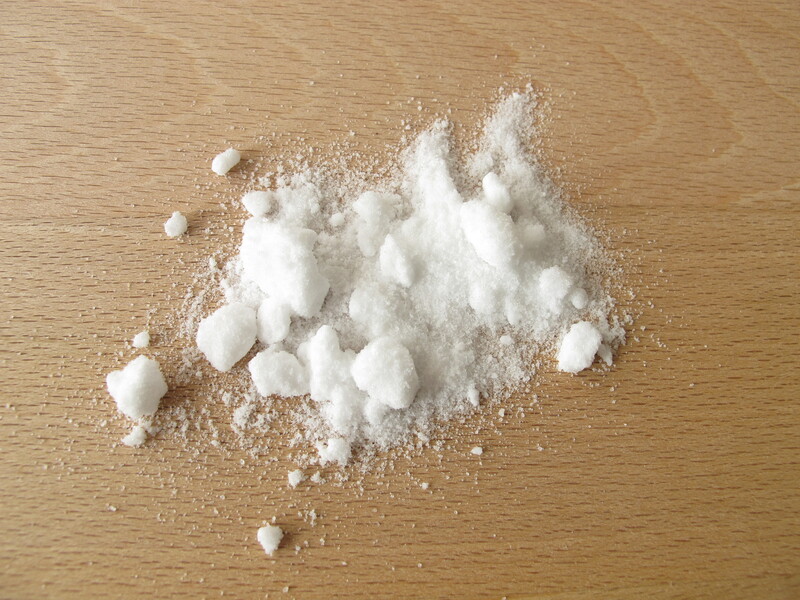Mildew in Wool Rugs: Solutions
Posted on 13/10/2025
Mildew in Wool Rugs: Solutions
Wool rugs are a prized possession for many homeowners due to their softness, durability, and luxurious appearance. However, like all rugs, wool rugs are susceptible to mildew, especially when exposed to moisture for extended periods. Mildew not only ruins the aesthetic and structural integrity of wool rugs but also poses health risks. This article provides comprehensive solutions to tackle mildew in wool rugs.
Understanding Mildew and Its Causes
Mildew is a type of fungus that thrives in warm, damp, and poorly ventilated areas. It appears as a thin, black or white layer and releases a musty odor. Wool rugs are particularly vulnerable to mildew because wool fibers can retain moisture. The main causes of mildew in wool rugs include:
1. **Humidity**: High humidity levels can increase the likelihood of mildew growth.
2. **Water Damage**: Spills and leaks that are not properly dried can lead to mildew.
3. **Poor Ventilation**: Rooms with inadequate air circulation create an ideal environment for mildew.
4. **Inadequate Cleaning**: Infrequent or improper cleaning can accumulate moisture and provide a breeding ground for mildew.

Preventive Measures to Avoid Mildew
Preventing mildew in wool rugs is often easier than removing it. Here are several preventive measures:
1. **Control Humidity**: Use dehumidifiers in rooms where wool rugs are present to maintain optimal humidity levels.
2. **Immediate Spill Management**: Address spills and leaks promptly. Blot the area with a clean towel and ensure it's thoroughly dried.
3. **Proper Ventilation**: Improve airflow in rooms with wool rugs by opening windows, using fans, or employing air conditioning.
4. **Regular Cleaning**: Vacuum wool rugs frequently to remove dirt and moisture. Use professional cleaning services periodically.
DIY Solutions for Mildew Removal
If mildew does develop on your wool rug, there are several DIY solutions that you can try before resorting to professional help. Here's a step-by-step guide:
Step 1: Gathering Supplies
You will need:
- White vinegar
- Baking soda
- Water
- Clean towels
- A vacuum cleaner with a brush attachment
Step 2: Vacuum the Rug
Before applying any cleaning solutions, thoroughly vacuum the wool rug to remove loose dirt and mildew spores. Use a brush attachment to lift the fibers gently.
Step 3: Apply Vinegar Solution
Combine equal parts of white vinegar and water in a spray bottle. Lightly spray the affected areas of the rug. Vinegar's acidic nature helps to kill mildew spores.
Step 4: Blot the Area
Using a clean towel, blot the sprayed areas to absorb excess moisture and lift mildew. Avoid rubbing to prevent damaging the wool fibers.
Step 5: Sprinkle Baking Soda
After blotting, sprinkle baking soda over the treated areas to neutralize odors and absorb remaining moisture. Let it sit for a few hours or overnight if possible.
Step 6: Vacuum Again
Finally, vacuum the rug thoroughly to remove the baking soda and any remaining mildew particles.
Professional Cleaning Services
For extensive mildew infestations or if DIY methods fail to yield satisfactory results, consider seeking professional cleaning services. Professional cleaners have access to specialized equipment and industry-grade cleaning solutions designed for wool rugs. They can perform deep cleaning that effectively removes mildew while preserving the integrity of the rug fibers.
Naturally Based Solutions for Mildew Prevention
For those who prefer natural methods to prevent mildew growth, consider the following options:
1. **Essential Oils**: Certain essential oils like tea tree oil, eucalyptus, and lavender have antifungal properties. Adding a few drops to a spray bottle with water and lightly misting the rug can help prevent mildew.
2. **Salt**: Sprinkling salt on a wet area and allowing it to dry can absorb moisture and inhibit mildew growth.
3. **Sunlight**: Whenever possible, expose the rug to direct sunlight. UV rays from the sun can naturally kill mildew spores. Ensure the rug is placed flat to avoid warping.
Regular Maintenance and Inspection
Routine maintenance and periodic inspections play a crucial role in preventing mildew formation. Here are some tips:
1. **Frequent Vacuuming**: Regular vacuuming prevents dirt buildup and helps in reducing moisture.
2. **Spot Cleaning**: Address stains and spills as soon as they occur. Blot with a clean towel and use mild cleaning agents.
3. **Annual Professional Cleaning**: Schedule professional cleaning at least once a year for deep cleaning and to ensure no hidden mildew growth.
Dealing with Persistent Odors
Sometimes, even after removing mildew, a musty odor may persist. To combat this, try the following solutions:
1. **Activated Charcoal**: Place bowls of activated charcoal around the affected area. Charcoal absorbs odors and helps freshen the air.
2. **Baking Soda**: Sprinkle baking soda on the rug and let it sit for several hours before vacuuming. Baking soda effectively neutralizes odors.
3. **White Vinegar**: Set out bowls of white vinegar around the room. Vinegar absorbs and neutralizes bad odors over time.

Using Commercial Mildew Removers
If you prefer using commercial products, select those specifically formulated for wool rugs. Always follow the manufacturer's instructions and conduct a patch test on an inconspicuous area of the rug to ensure the cleaner does not damage the fibers or colors.
Conclusion
Mildew in wool rugs is a common yet manageable problem. By understanding the causes of mildew and implementing preventive measures, you can significantly lessen the risk. For existing mildew, a combination of DIY methods and professional cleaning services can effectively restore your wool rug to its original condition. With regular maintenance and natural prevention strategies, you can enjoy your luxurious wool rug free from mildew and its associated issues for years to come.






